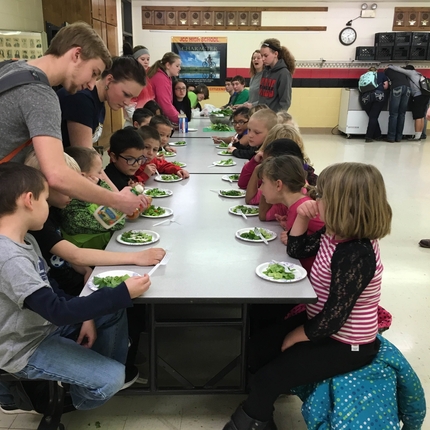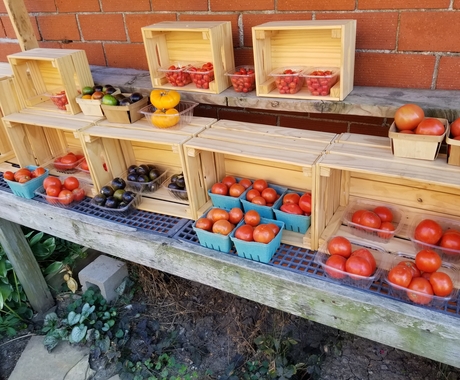Para la versión en español de esta historia, por favor oprima aqui.
October is National Farm to School Month, a time to recognize the importance of improving child nutrition, supporting local economies, and educating communities about the origins of their food.
In 2016, the Center for Rural Affairs joined more than 220 organizations nationwide to promote farm to school throughout October. This year marks the seventh year for National Farm to School Month, designated by Congress to bring awareness to the growing importance of these programs in child nutrition, local economies, and education.
What makes farm to school special? The program helps students learn where their food comes from and provides healthy access to more fruits and vegetables. It is an avenue for rural schools to keep spending in their communities with purchases made from local farms and food businesses.
Educators can also weave farm to school into math and science curriculum. The program is a great addition to business and entrepreneurship classes, as well as cooking classes. Imagine learning culinary skills using seasonal, local ingredients and how to buy them.
According to the 2015 U.S. Department of Agriculture Farm to School Census, farm to school programs have invested more than $789 million in local communities; offered 17,089 salad bars with healthy options to students and staff; and grown 7,101 school gardens. Approximately 1,039 school districts serve local foods during the peak season in the summer months and 1,516 school districts start farm to school early in their pre-K programs.
The numbers don’t lie. Farm to school is a win for students, farm, food businesses, and communities.




